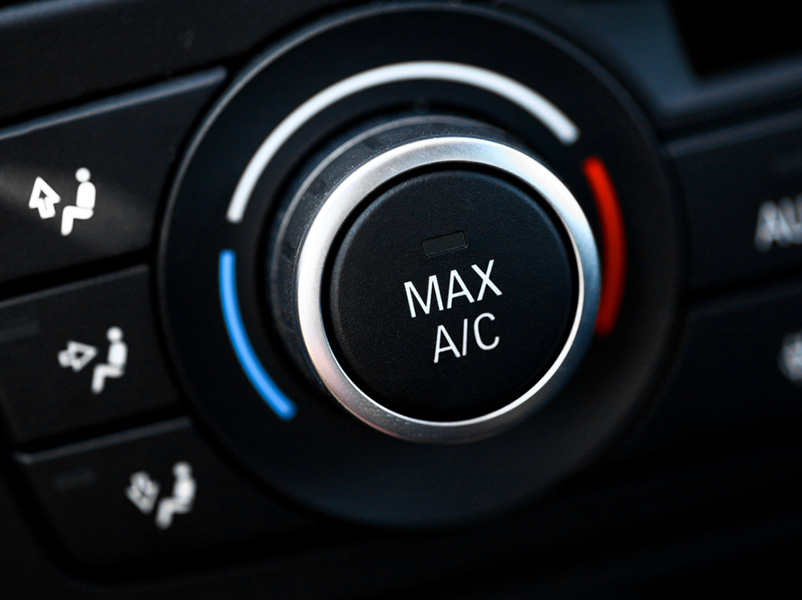By Mitch Clousner
of Mitch’s Econo Lube
We all know how hot it gets here in Phoenix. I’m old enough to remember when having A/C in a car was an option – yikes.
Let’s talk about how it works and how you can preserve the health of your car’s A/C system.
The principal concept is the same as your refrigerator at home. Your A/C system works in the opposite of how you might think it does. Rather than make cold air, it actually removes heat. What’s left over is cooler air that is pumped back into the passenger cabin which in turn, cools it down. The larger the interior space, the longer it takes to cool down.
When we park our cars here, especially in the direct sun, the inside temperature can climb to between 150 to 160 degrees. Each and every piece of plastic, metal and all other material inside also climb to that temperature. This presents quite a workload for the A/C system of your car. It also is the reason that the car does not cool down instantly when you start it, immediately turn on the A/C and drive away.
It is really a heat pump type of system that pumps the heat from the cabin, to the front of the car where it is disposed of at the condenser. We basically move the heat from the cabin to the outside of the car. You can accelerate the rate of cool down with a few simple tricks.
• Roll down the windows. For the first few minutes, lower the windows as you drive away and give the heat a place to escape while you are driving.
• Upon start up, don’t use MAX A/C. Max recirculates air from the inside and it is easier to cool outside ambient air at 108 degrees than inside air that is 150 degrees.
• Tint your windows. Tint reflects the sun’s rays and keeps temperatures inside lower than cars without tinted windows.
• Clean or replace the filter. Most cars today have a filter behind the glove box also known as a Cabin Air Filter. Keep yours clean or replace it when it’s dirty, just like a house furnace filter.
As far as the health of your system, the best thing you can do is exercise the system even in the cooler winter months. The refrigerant has lubricating oil that travels with the refrigerant through the system. Since the system is a series of components connected with hoses, at each joint there are seals that keep the system sealed up. Like a rubber band that gets old, cracks can form in the seals when they are not lubricated and since it is a high pressure system, any little crack and cause the system to leak. Once that happens, the efficacy of the systems starts to degrade. By using the system even when it is cold out, you are keeping the seals lubricated.
Other than the cabin filter, there is little or no maintenance that you can do to a car’s A/C system. You can’t add just a little refrigerant to your system. These systems are designed to hold a specific amount of refrigerant. Too much or too little and the system performance will degrade. Also avoid aftermarket products that promise to cool your car down by adding the bottle any auto parts store can sell you. They have sealants in them that can block the flow of refrigerant in very small channels in the condenser and end up costing you much more in the long run.
One final tip: What we as A/C service professionals look for is vent output temperature about 50 degrees below outside ambient air. If it is 108 outside, 58 degrees coming out of the vents is considered acceptable. You can monitor this yourself with a store bought meat thermometer placed in the vent.
Stay cool Phoenix.




